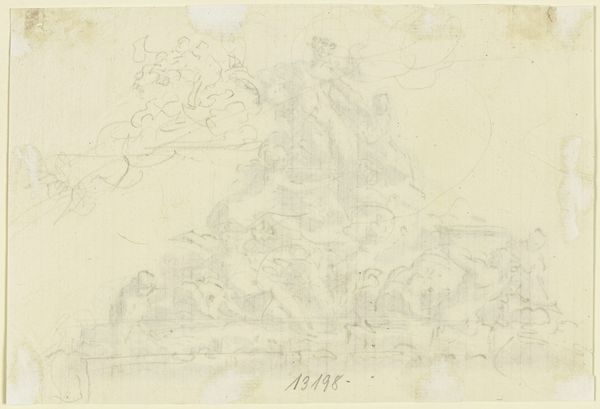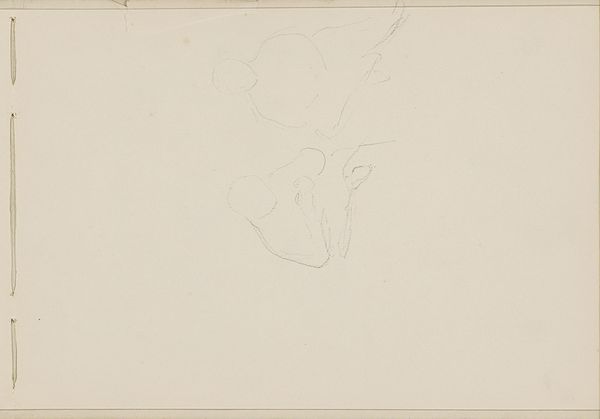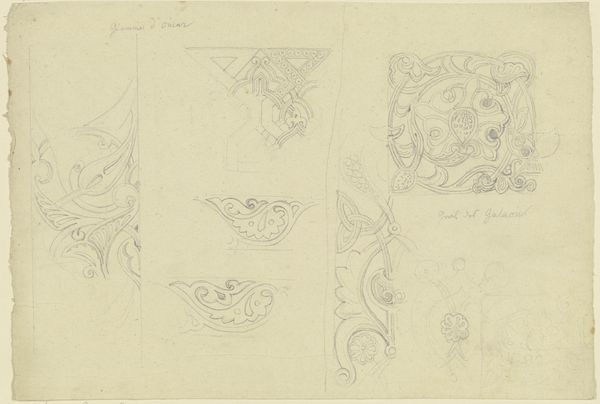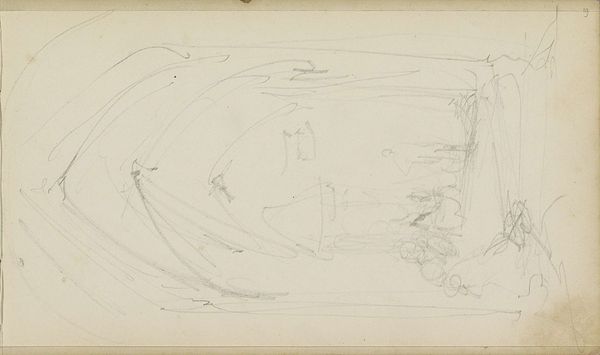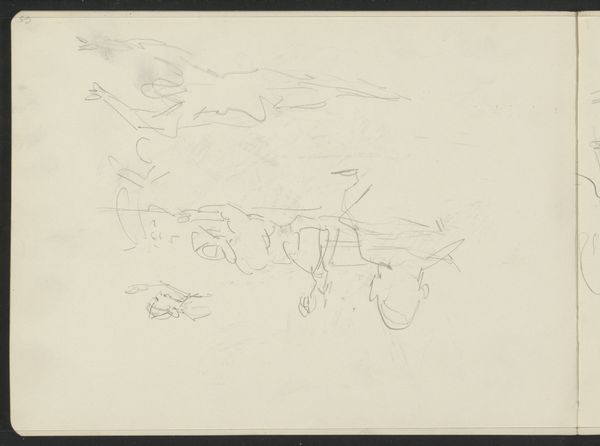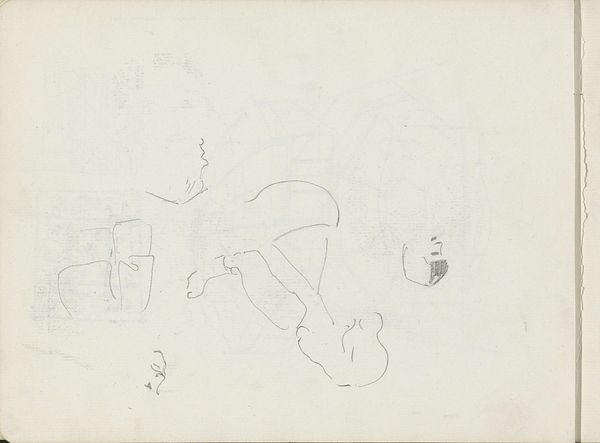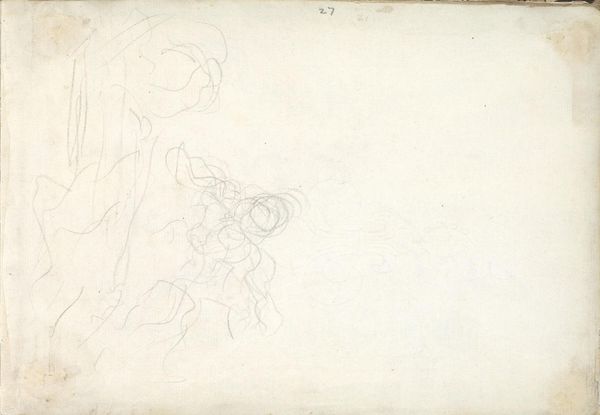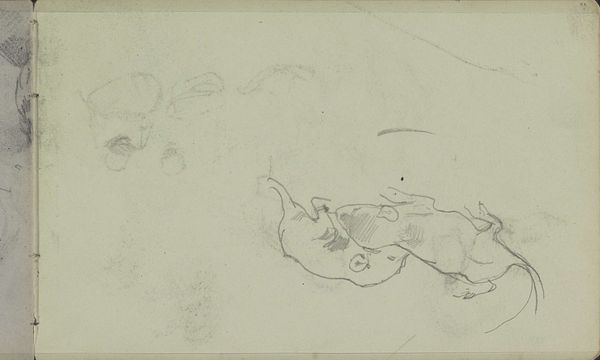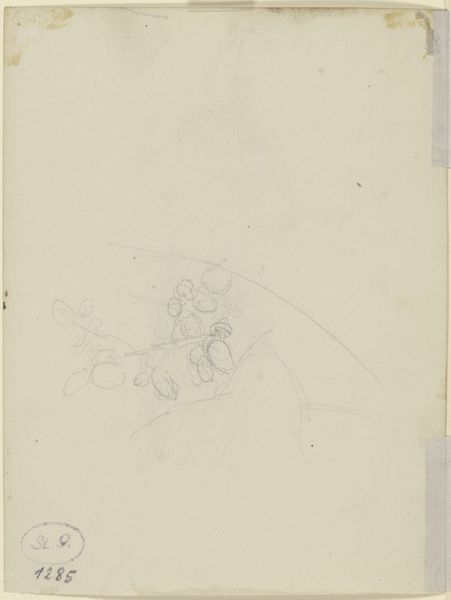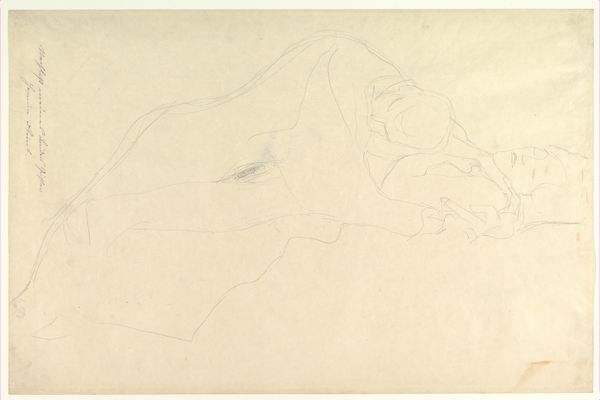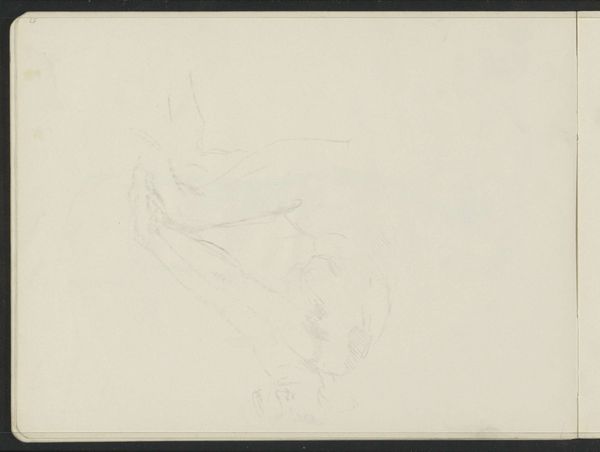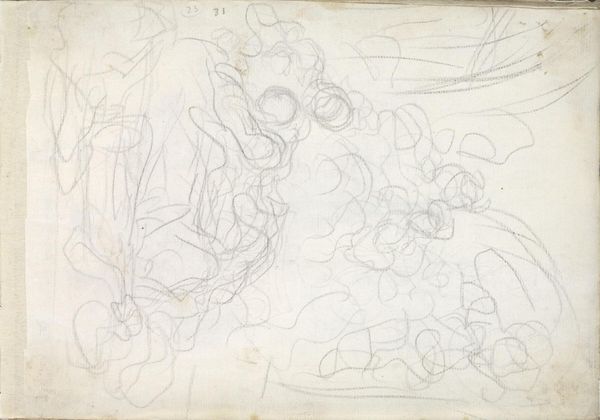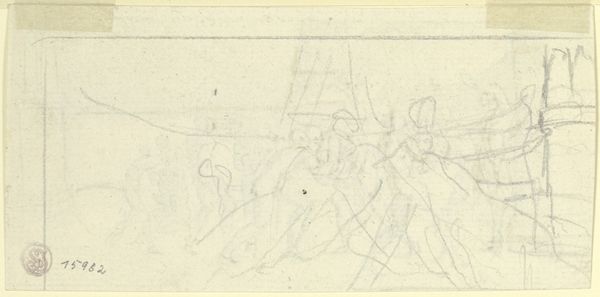
drawing, pencil
#
portrait
#
drawing
#
16_19th-century
#
pencil
#
history-painting
#
academic-art
Copyright: Public Domain
Editor: This pencil drawing, "The Three Fates" by Gustav Heinrich Naeke, seems to be a study for a larger composition. There’s something compelling about seeing the artist's process so bare. What historical or social contexts inform how we understand these figures today? Curator: Considering Naeke's academic art background, it's crucial to understand the institutional frameworks shaping his artistic choices. The 'Three Fates,' or Moirai, are steeped in Greek mythology, but their repeated appearances in art across centuries tells us more about the role of classical imagery in legitimizing power and social order. How might this depiction of the Fates contribute to the viewers’ perception of morality or social stability? Editor: That’s fascinating. So, it's not just about the myth itself but about how the myth functions within a broader cultural narrative? And the fact that this drawing, as a study, was preparatory... Curator: Exactly! Think about the intended audience, probably wealthy patrons of the arts, for whom these classical references reinforced a certain cultural pedigree. Moreover, in academic art, drawings weren't simply preparatory; they were sometimes exhibited as independent artworks, demonstrating an artist's mastery. Editor: So the act of drawing itself becomes a form of social performance and this grid under the drawing tells us that is related to scale, like a print and painting relationship. Does seeing it displayed now in a museum change that meaning? Curator: Absolutely. A museum context reframes the artwork. It shifts the power dynamics; the artwork becomes an artifact, and you, the viewer, are given a certain degree of cultural authority. I'd add that a museum can either challenge the existing hierarchy or passively maintain it, but it's definitely involved in constructing narratives around artwork. What have you learned that challenges your preconceptions of art history? Editor: I learned to appreciate how history and mythology is related to a social structure of hierarchy, performance and the public's gaze of today's context and institutions. Curator: Indeed! Seeing artwork through this lens allows a much deeper appreciation.
Comments
No comments
Be the first to comment and join the conversation on the ultimate creative platform.

